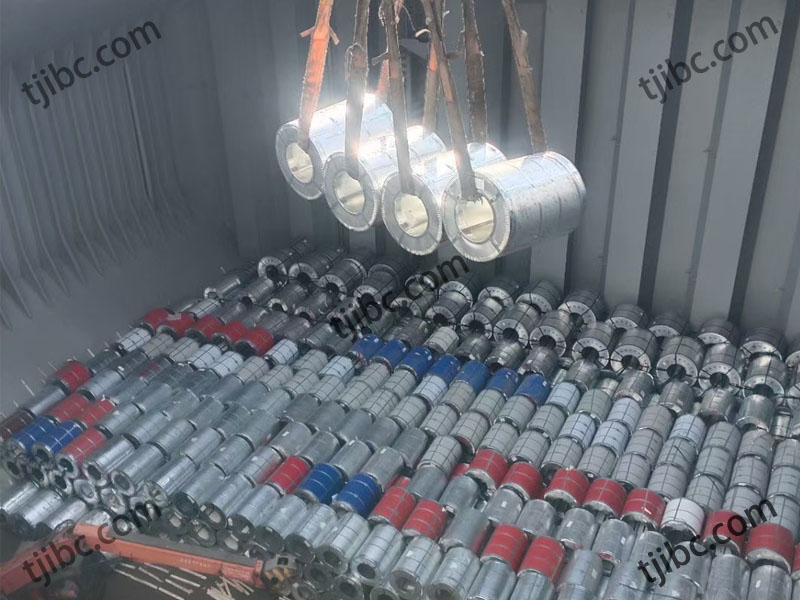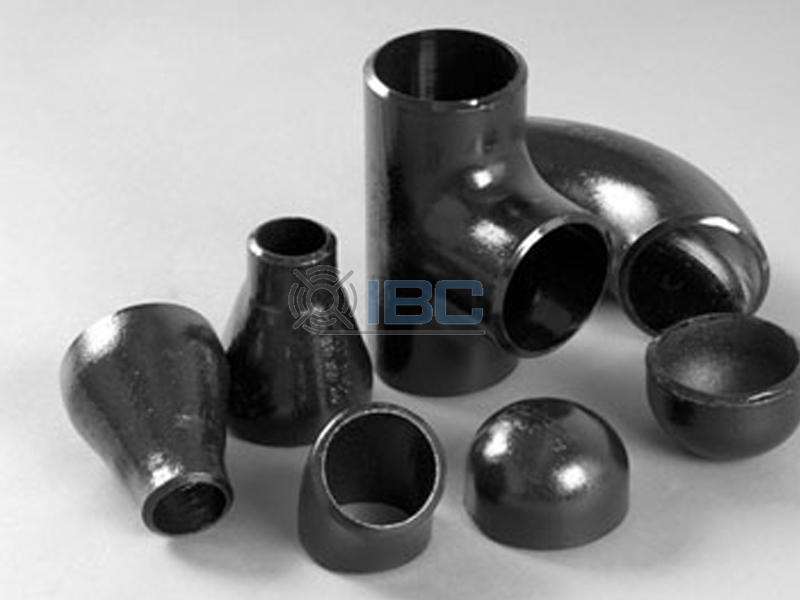AR400 vs AR500 steel plates are two of the most popular abrasion resistant steel plates in the world. Abrasion Resistant steel is one of our most popular products at IBC Metal Group. With 4-5 different options, how do you know which option is best suited for your project? The easiest way is to talk to a IBC representative, but another option is to learn about what it is and what the differences are AR400 vs AR500.
What is AR Steel Plate?
Before we get into the differences between the two most popular abrasion resistant grades, let’s cover quickly what AR plate is. Abrasion-resistant (AR) steel plate is a high-carbon alloy steel. Due to the added alloys, it is formable and weather-resistant, and the addition of carbon makes it harder when heat treated. With these properties, AR steel is ideal for projects where failure of the material comes from wear and tear or abrasions
What Do The Numbers Mean in AR400 vs AR500?
With abrasion resistant steel you’ve probably noticed there is usually a number after the AR, such as AR200, AR400, AR450, AR500. You might be wondering, why is it there and what does it mean? The number is referring to the hardness range of the steel. The hardness number is based on the Brinell scale. The Brinell scale measures the size of the indentation left by a steel ball with a specific amount of force behind it. Typically, a 10mm hardened steel ball used with a force of 3,000 kgf to create the indentation, and a calibrated scope is used to read the size of the indentation. You’ll see “BHN” (Brinell Hardness Number) when referring to numbers of hardness.
What is AR400 Steel Plate?
AR400 steel plate is abrasion resistant steel that has a hardness between 360 BHN and 440 BHN. It normally used in instances where there is impact abrasion, because it is softer and less brittle than AR 500. AR400 steel has a large range of general applications. AR 400 steel plates also commonly used for truck body liners, bucket liners, quarries, etc. You can learn more about our AR400 steel plate here.
What is AR500 Steel?
AR500 steel plate is chemically similar to AR400 steel plate, except the hardness range is higher and it has more carbon and manganese than AR400. These elemental differences help the steel achieve a higher surface hardness. The hardness range of AR500 is between 470 BHN and 550 BHN, making it more brittle than AR400. This contributes to AR500 steel plates being used in shoots and conveyors. Where there is more sliding abrasion. We also used in ballistic armoring for personnel carriers, shooting ranges, and live fire training facilities. To read more about AR500 steel, click here.
What’s The Difference?
The numbers (i.e. 400 – 500) within the names of the different steels refer to the Brinell Hardness Number (BHN) – the material’s level of hardness. The Brinell scale measures the size of the indention (penetration) left when a steel ball is dropped on the surface of the plate. The deeper the penetration, the softer the steel.
The major difference is impact resistance. AR500 has higher abrasion resistance, but AR400 has higher impact resistance. That sounds the same, but it isn’t. Let’s break it down with a real-world situation.
If I work at a rock quarry, I’m looking to line different pieces of equipment with abrasion resistant steel plate. I have a fleet of dump trucks, and the bed of the trucks usually lined with removable bed liners. The beds take a lot of impact when the rocks fall into the bed after being excavated. So I need something that will hold up and will be less likely to shatter from the falling rocks. I’m going to choose AR400 plate for this. Because AR400 is really good for projects with high impact compared to AR500. Since AR400 plate is softer than AR500 plate, it can withstand more impact without cracking or shattering.
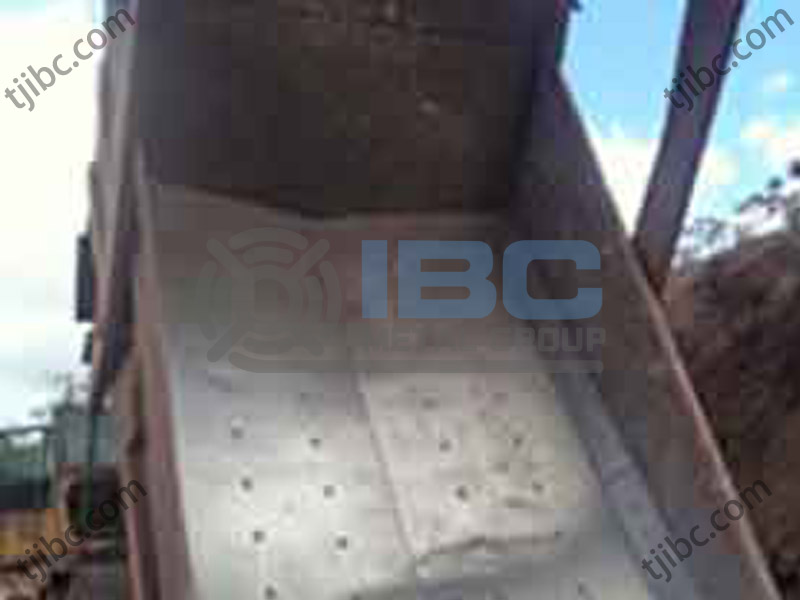
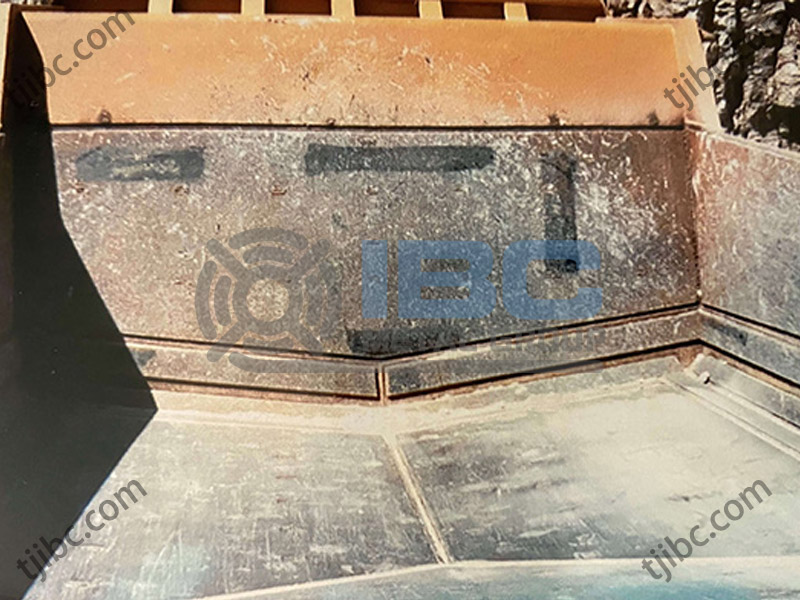
Same quarry, same rocks, new piece of equipment. After we have the rocks in the bed of the truck, they need to go somewhere. The next step is dumping the rocks into a conveyor system to be sorted and then sized in a rock crusher. After the rocks leave the rock crusher, they slide into a chute. I have to update this chute liner, and I’m going to choose AR500 steel plate because the rocks are just sliding down instead of being thrown or dropped onto it. AR500 steel can withstand the abrasion that the rocks cause by sliding better than the AR400 steel, meaning it would last longer.
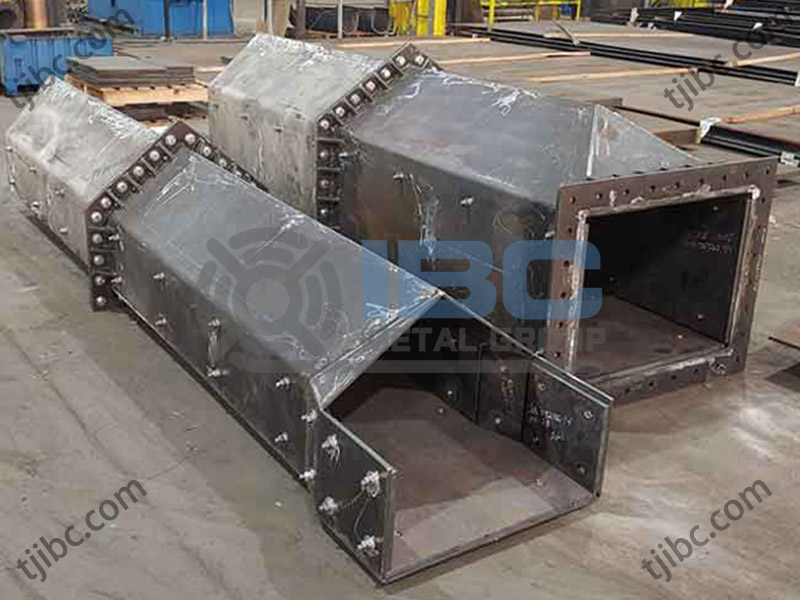
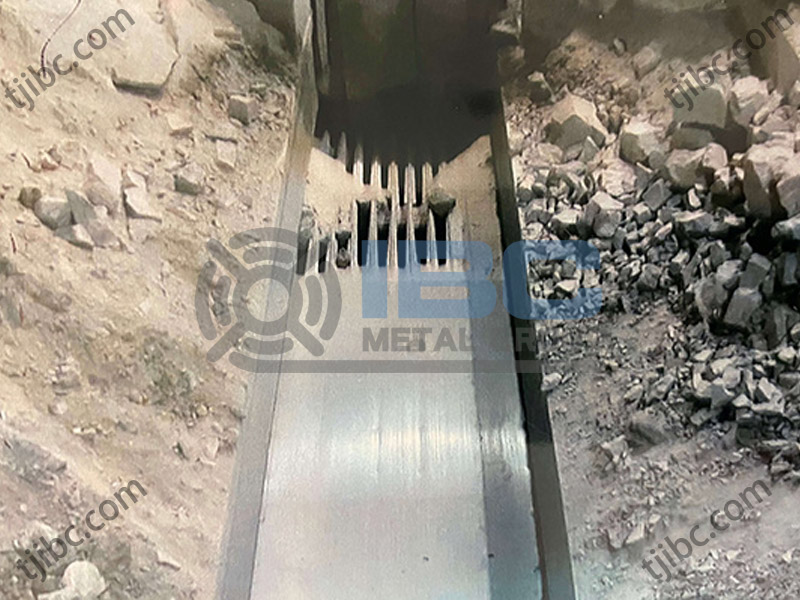
I Still Have Questions
That’s okay! Give us a call, or fill out our quote request form, let us know what kind of project you’re working on, and we can help figure out which steel is the best option for you. To learn more about our unique product offerings, including AR400 and AR500 steel plates, contact us, your Wear & Impact Steel Specialists.

